By Joseph Luster
Developed by DMD Enterprise, an independent developer established in Warsaw, Poland, Uprising 44: The Silent Shadows is the kind of work that exemplifies “rough around the edges.” Being relatively indie and priced along the lines of your average budget PC game, some of its failings are understandable, but the end result is so stunningly awkward it makes you wonder how much of it was legitimately finalized before being made available to the public.
Uprising 44 tries its darndest to mix third person shooting with real-time strategy, and kind of trips all over itself despite an interesting setting and premise. The plot centers on the Warsaw Uprising, carried out by the Polish resistance Home Army in an attempt to liberate themselves from the occupying Nazi forces. Appropriately, acts of subterfuge play out both in the open and in the shadows, hence the subtitle, but it never comes close to living up to the stealthy potential of both its name and the setting itself.
Level Design Leaves a Lot to be Desired
There’s no real sense of thoughtful level design or even remotely elegant progression, with mazes of corridors sometimes revealing enemies out of the blue, each of which stumbles awkwardly to the ground once taken care of. Dispatching countless enemies with identical behavior isn’t satisfying at all, and things like the wonky AI and limited animations combine to make Uprising 44 seem about a decade more dated than it should.
Audio cues attempt to add some semblance of atmosphere, but even those are recorded and implemented unprofessionally. Casual banter in English sounds like it was captured during a phone call between a few of the developers, and while that may be kind of a joke, it won’t sound as far-fetched once you see it in action.
Sometimes “New Approaches” Fall Short of Their Expectations
Anyone who saw promotional material leading up to the game’s initial release—particularly the live-action trailer that enlisted the help of reconstruction groups to lend authenticity to the project—might get the idea that more care went into promotion than the actual execution of the game. In addition to the clip in question, other previews promised a “new approach to a World War II computer game.”
At some point during conception that may have been true, and the context of a civil uprising is certainly an intriguing direction to take in otherwise well-tread territory, but this one doesn’t do it justice. Rather than nailing one genre, Uprising 44 ham-handedly attempts to blend two together and does both a disservice in the process.
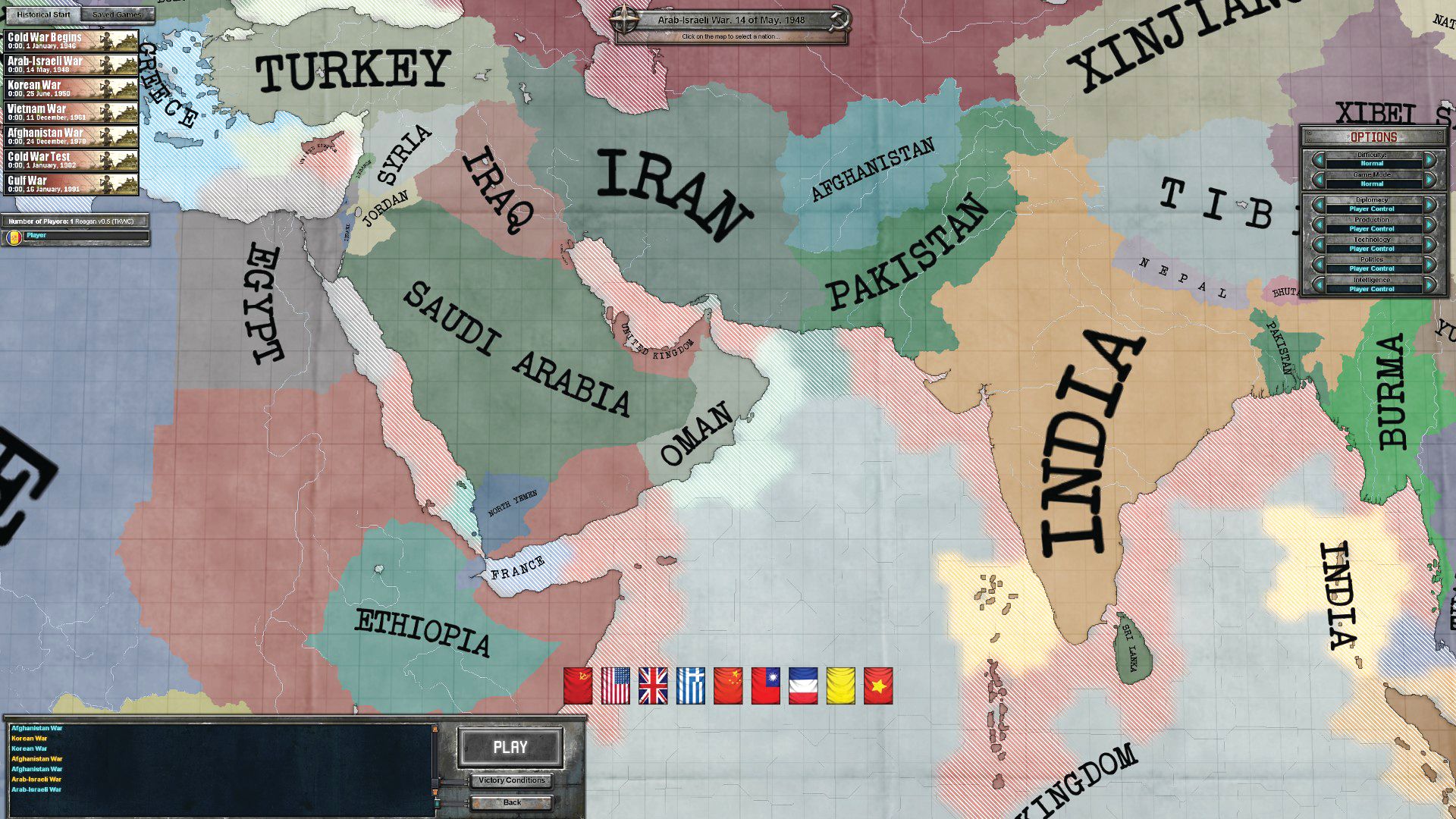 East vs. West: A Hearts of Iron Game
East vs. West: A Hearts of Iron Game
Hearts of Iron started out as a standalone strategy title—putting developer Paradox’s Europa Universalis engine to good use—back when it was first released in 2002. Since then there have been a handful of sequels and spinoffs (even a browser-based card game!), the latest of which comes in the form of East vs. West: A Hearts of Iron Game.
This time around things pick up shortly after World War II, setting East vs. West in the decades-spanning Cold War era. Players can choose any nation to lead and expand, and decisions made can make or break your influence on world politics, and ultimately the direction your nation takes and the future it faces. Policies of all nations can be influenced through pretty much any means, from diplomacy to espionage, so it’s up to you whether you’ll be using force, or more reasonable methods, to get what you want.
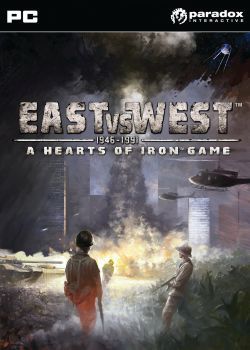 You needn’t feel married to history, either, despite the fact that East vs. West boasts considerable accuracy in that regard. Events and outcomes of the past can be changed through even the smallest decision, and it can also be done in multiplayer, supporting up to 32 players. As tends to be the case with the Hearts of Iron series, the most interesting aspect of East vs. West seems to be the scale. It’s called “grand strategy” for a reason, and hopefully this one will successfully continue that long tradition. We should be finding out how it fares in the second quarter of 2013.
You needn’t feel married to history, either, despite the fact that East vs. West boasts considerable accuracy in that regard. Events and outcomes of the past can be changed through even the smallest decision, and it can also be done in multiplayer, supporting up to 32 players. As tends to be the case with the Hearts of Iron series, the most interesting aspect of East vs. West seems to be the scale. It’s called “grand strategy” for a reason, and hopefully this one will successfully continue that long tradition. We should be finding out how it fares in the second quarter of 2013.
East vs. West isn’t the only grand strategy Paradox is dealing out this year, too. They’ve also got their hands in Victoria II: Heart of Darkness, an expansion that focuses on the scramble for Africa that took place between 1881 and 1914. Just as the Hearts of Iron series keeps itself hovering over a more or less consistent time period, the Victoria games stick to the Victorian period from 1836-1920. If East vs. West does well enough, it will likely end up with its own expansions, but in the meantime there’s always the ever-extensive mod-ability these games offer as a way of making the experience one’s own.
Publisher: Paradox Interactive
Developer: Paradox Development Studio
System(s): PC
Available: Q2 2013
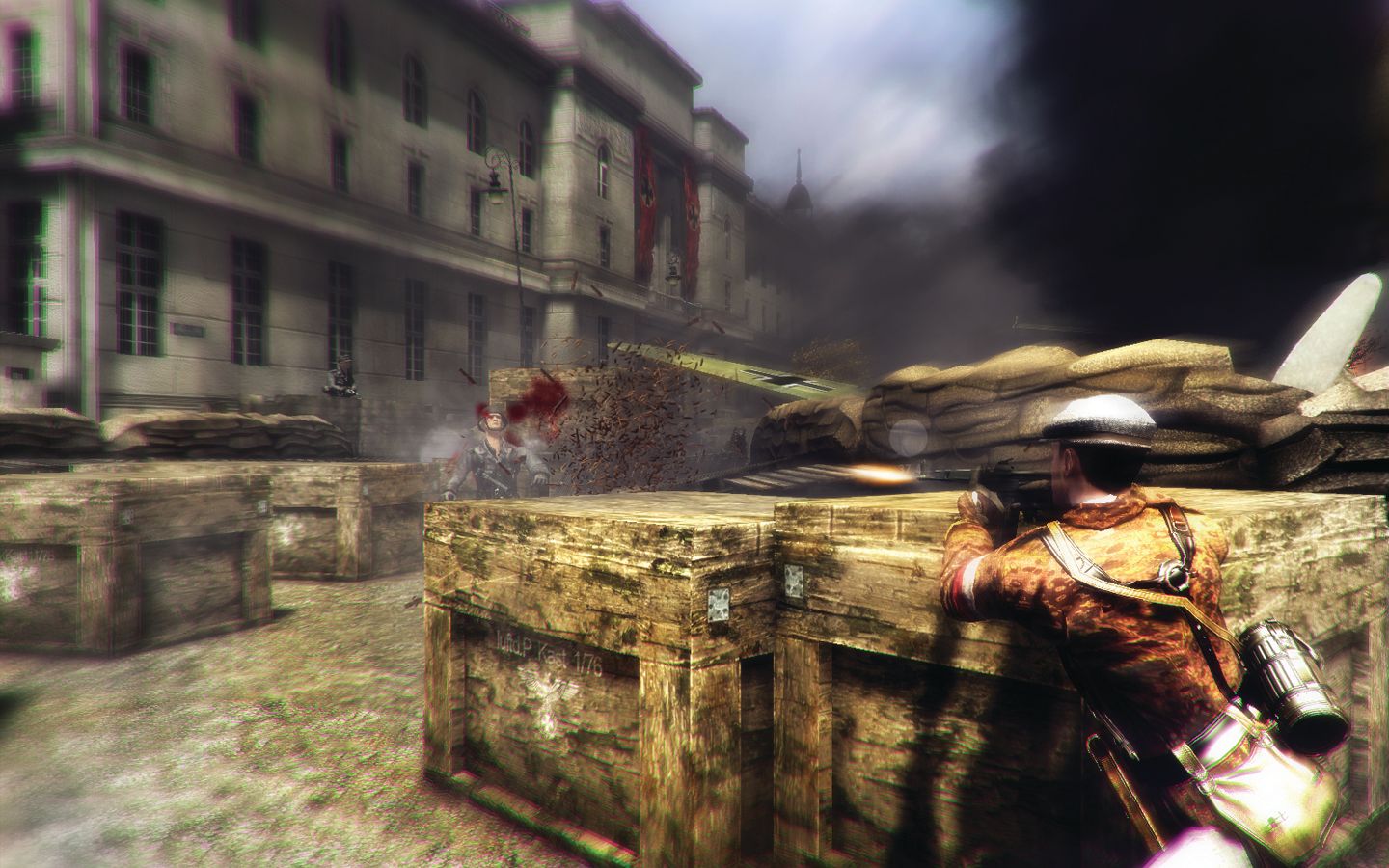
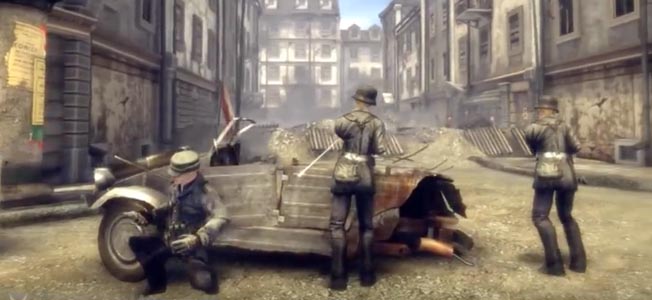
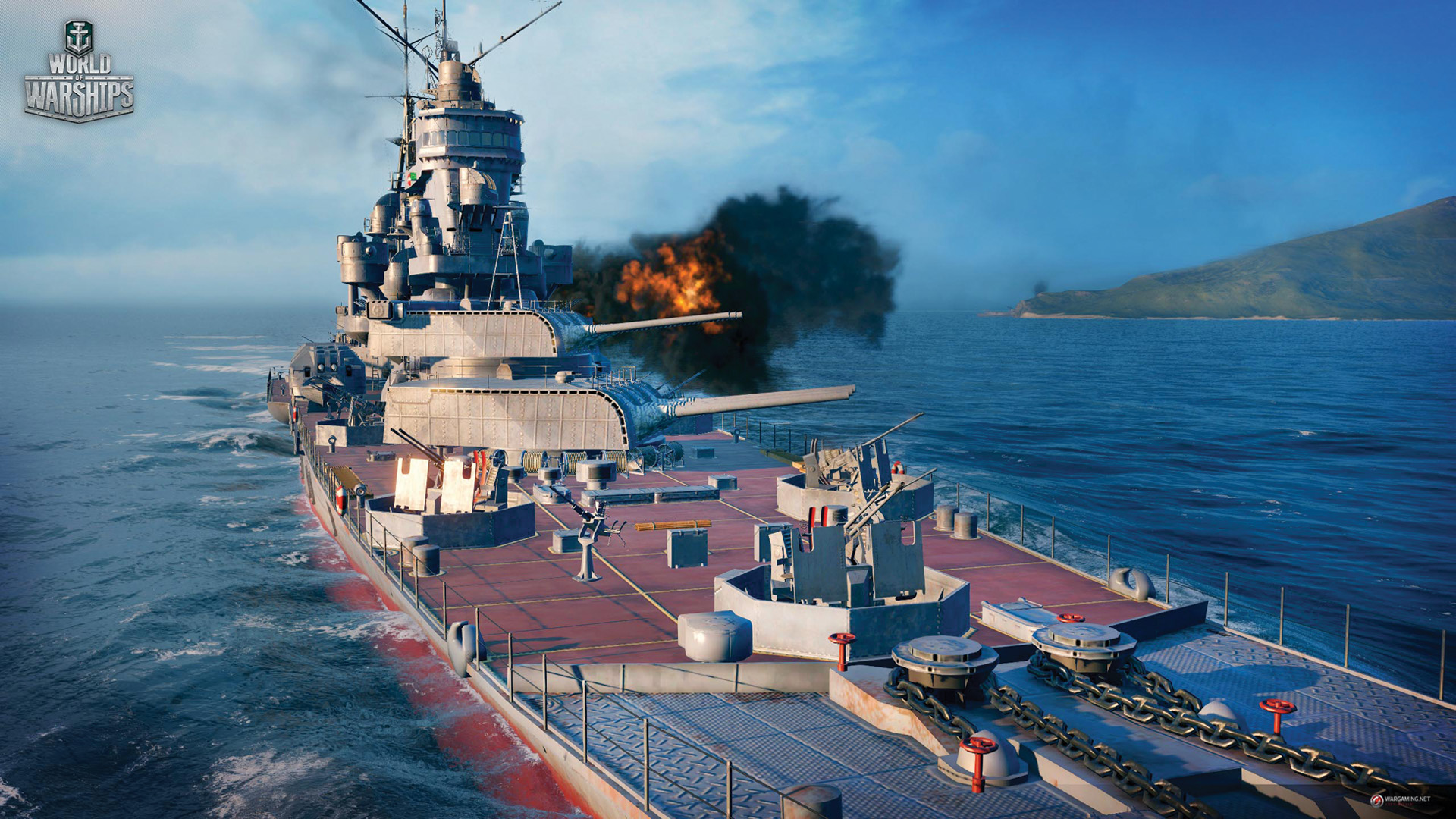
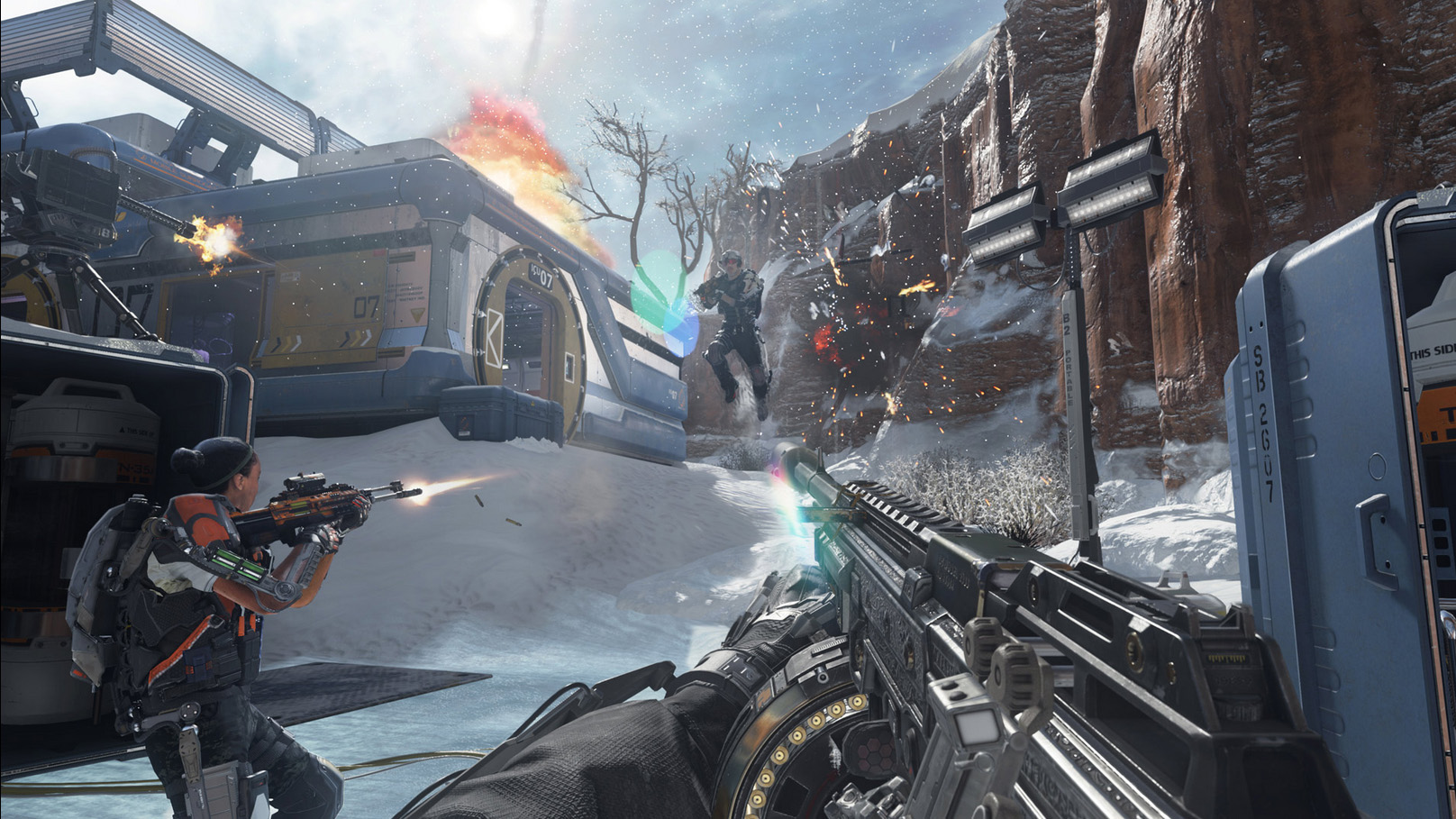
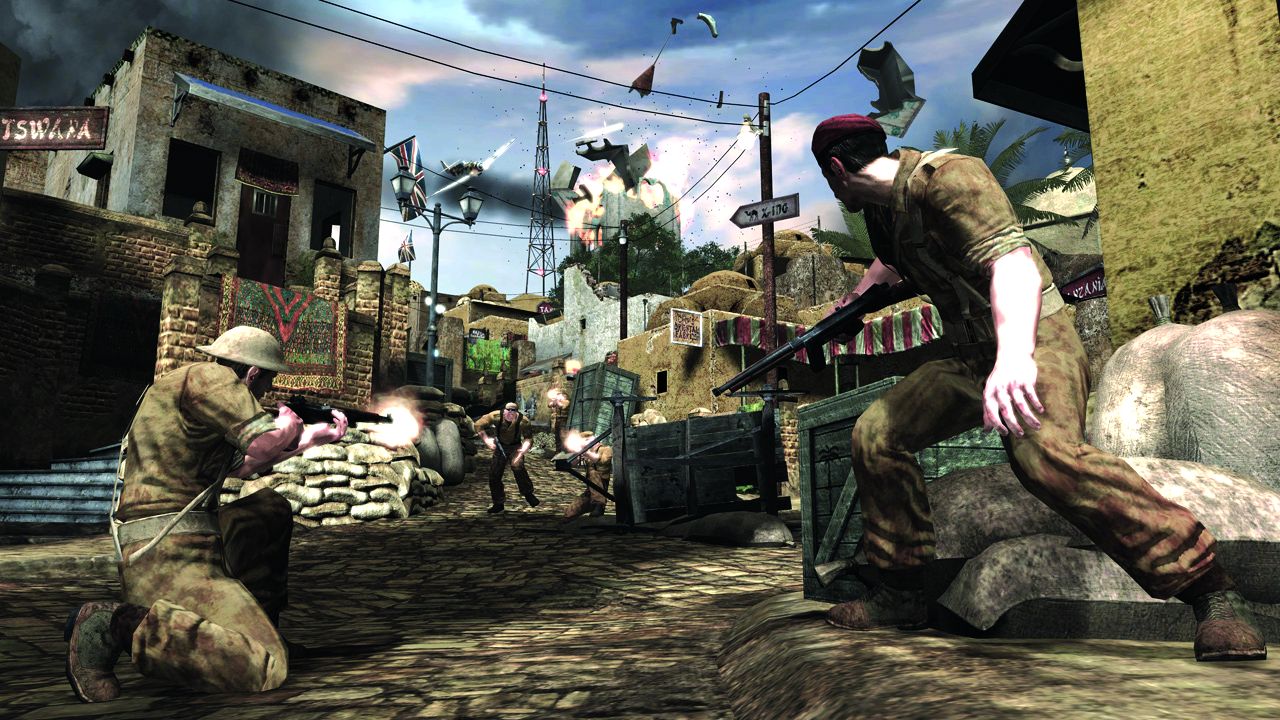
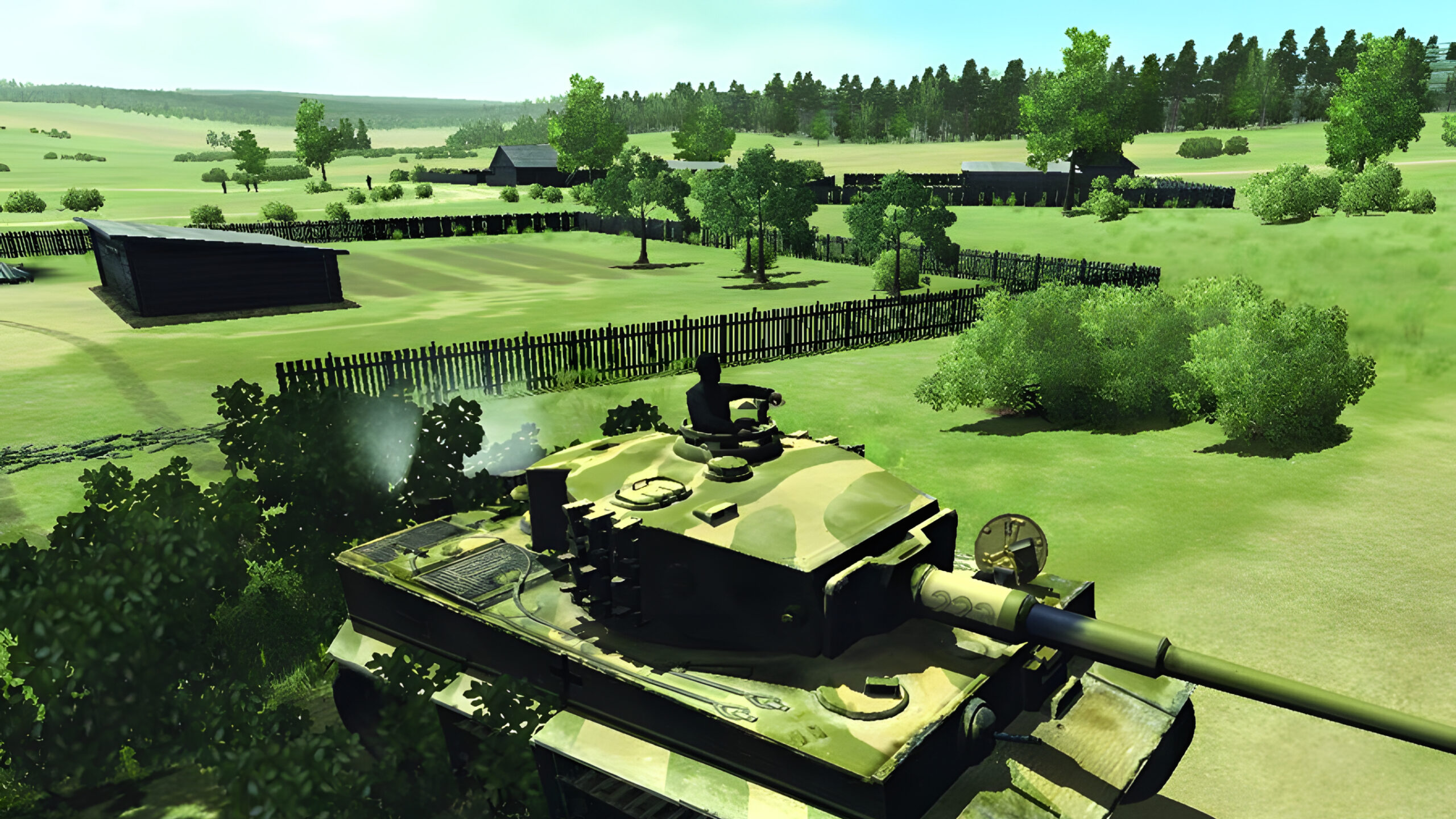




Join The Conversation
Comments
View All Comments